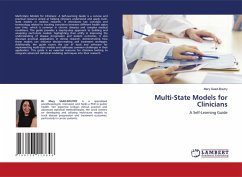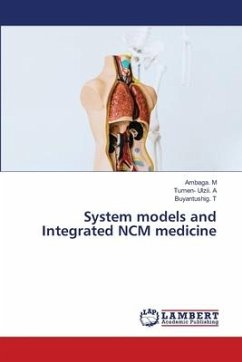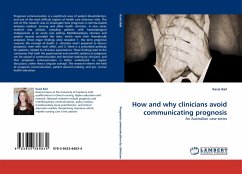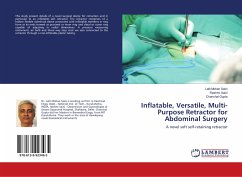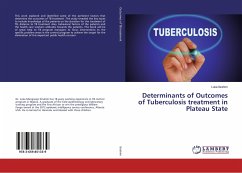Multi-State Models for Clinicians: A Self-Learning Guide is a concise and practical resource aimed at helping clinicians understand and apply multi-state models in medical research. It introduces key concepts and terminology related to tracking transitions between different health states over time, which is common in chronic diseases and complex medical conditions. The guide provides a step-by-step approach to building and analyzing multi-state models, highlighting their utility in improving the understanding of disease progression and patient outcomes. It also discusses practical applications in clinical research, demonstrating how these models can enhance decision-making and treatment strategies. Additionally, the guide covers the use of tools and software for implementing multi-state models and addresses common challenges in their application. This guide is an essential resource for clinicians looking to integrate advanced statistical modeling techniques into their research.
Bitte wählen Sie Ihr Anliegen aus.
Rechnungen
Retourenschein anfordern
Bestellstatus
Storno

